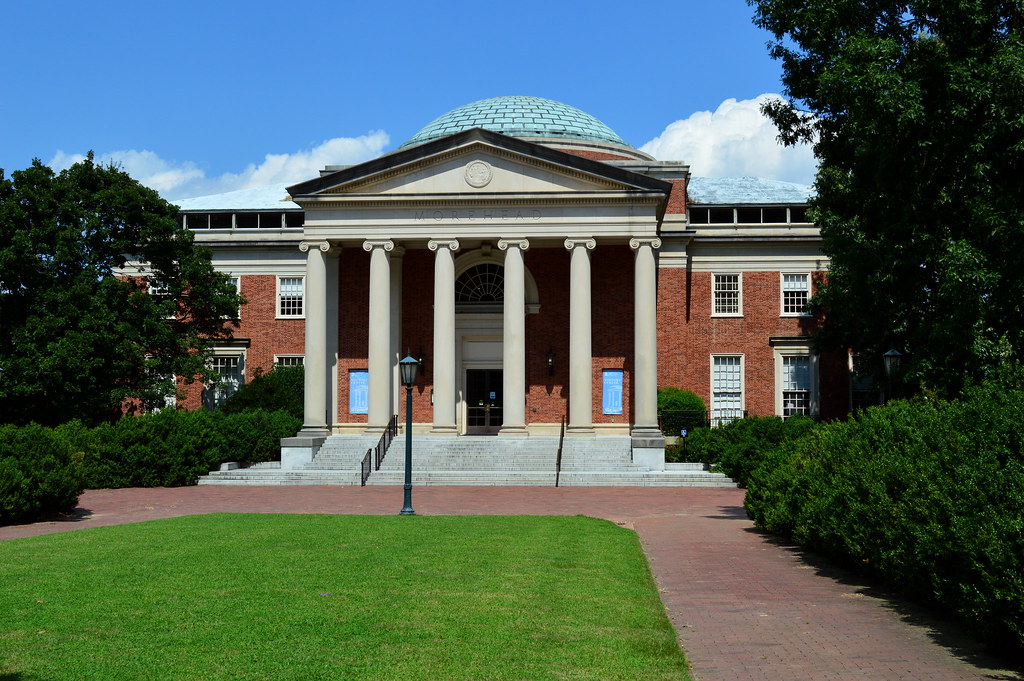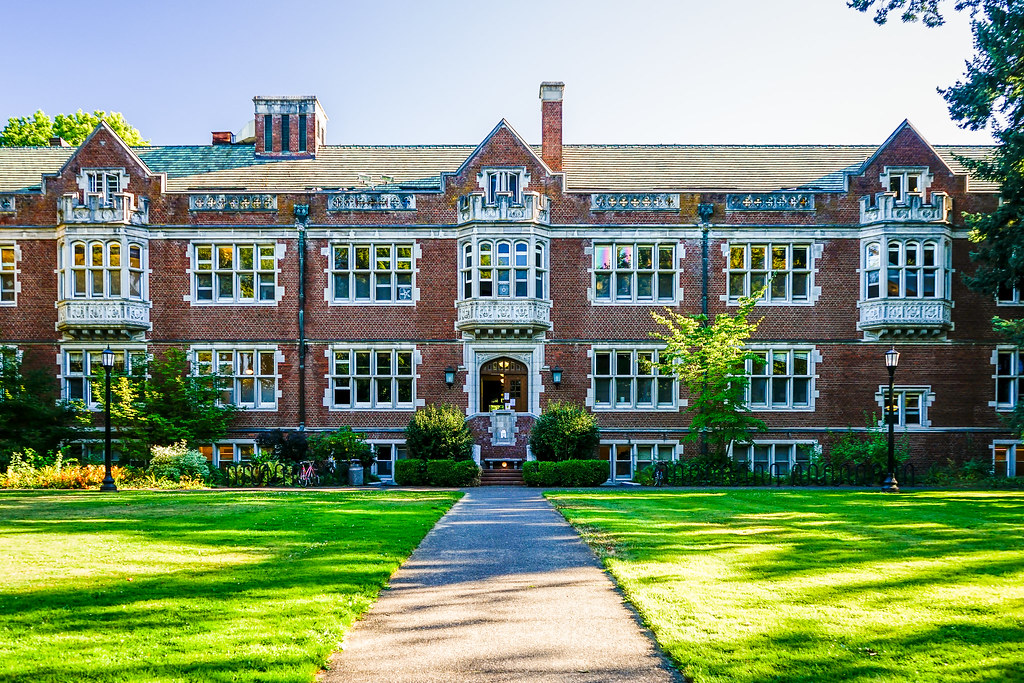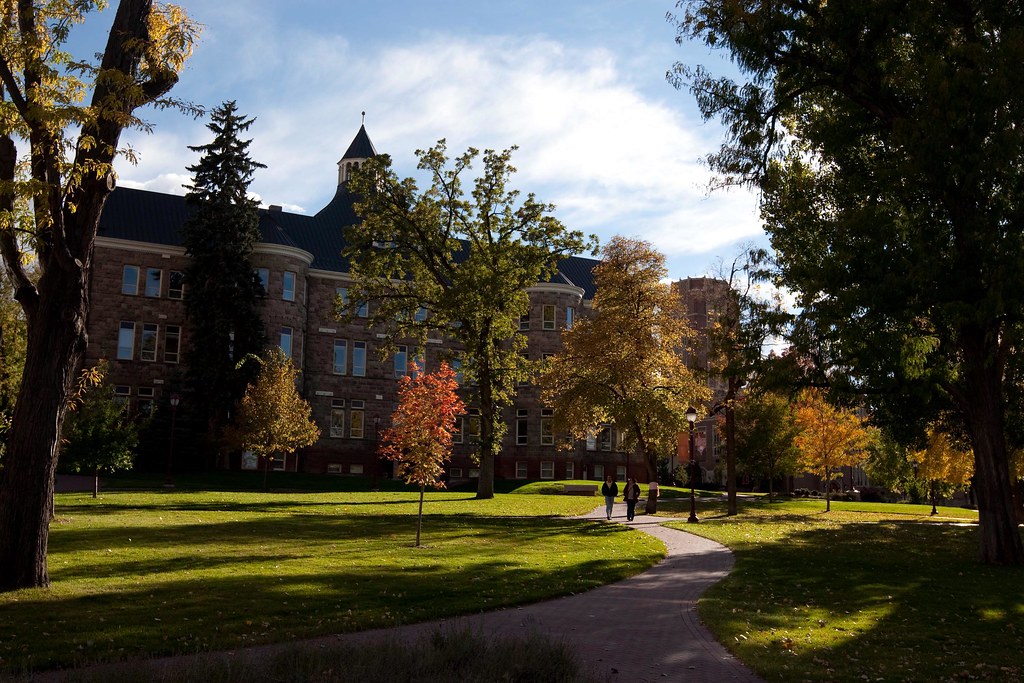“Should I apply for early action or regular action?” This is one of the most important decisions college applicants must make when they apply to universities. Each option has its own advantages and disadvantages. It’s necessary to understand the difference between Regular Decision vs. Early Action. Using these strategies appropriately can maximize applicants’ chances of admission to their first-choice university. Read on and learn about Early Action versus Regular Decision and the colleges with high EA acceptance rates.
What is Early Action vs Regular Decision?
Early Action (EA)
Early Action is one of the application plans. Some colleges call it “Early Review” or “Early Notification”. EA is non-binding. Even if you are admitted to the university, you can choose to go or not to go. According to the degree of restrictions, EA can be divided into the following three ways.
1. Non-Restrictive Early Action: There is no restriction on Early Action. You can apply to many universities at the same time. Even if your application is rejected or deferred, it will not affect your application to universities through other plans.
Note: There are two critical time points for EA.
- Application deadline: November 1
- Latest date to reply to universities: May 1
2. Restrictive Early Action (REA): Applicants who take REA can apply to any public university or foreign university at the same time but cannot apply through EA and ED programs at other private universities.
3. Single-Choice Early Action (SCEA): If you take SCEA, you can not apply to other universities through EA and ED programs except for a few conditions.
For example, Single-Choice Early Action applicants of Yale University can’t apply through other early admissions programs to other universities unless those programs meet one of the following requirements:
- A non-binding rolling admission program.
- A non-binding early program at a public institution.
- The date for releasing admissions decisions is after January 1.
- A foreign university.
Regular Decision (RD)
Regular Decision is the most common application form. The opening time and deadline of RD are usually the latest, which gives applicants more time to make preparations.
Deadline: January 1 of the following year
Date for releases admissions decisions: April 1 of the following year
Non-binding and Non-exclusive: Applicants can apply through Regular Decision to multiple universities at the same time. Once admitted, they can decide whether to go or not.
Colleges with Highest Early Decision Acceptance Rates
There are many early admission colleges in the US. However, not all colleges are Early Action colleges. The deadlines for colleges offering Early Action or Early Decision programs may differ. Below are the universities whose EA acceptance rates are higher than RD acceptance rates.
Tulane University
EA acceptance rate: 17%
RD acceptance rate: 3%
Tulane University, founded in 1834, is a private institution with its law school located on the downtown campus. It hosts the only specialized School of Public Health and Tropical Medicine in the U.S. Students can participate in over 200 organizations, and women receive extra support through the Newcomb College Institute, offering seminars, guest lectures, and mentorship.
Tulane University offers both ED and EA. ED’s acceptance rate is 68%, higher than EA’s. However, One significant difference between EA and ED is that EA is non-binding, and the application deadline for Tulane University is November 15, half a month later than ED, which gives you more time to prepare.
University of North Carolina – Chapel Hill
EA acceptance rate: 23%
RD acceptance rate: 10%
The University of North Carolina at Chapel Hill is a famous public university founded in 1789. It is one of the three earliest public universities in the history of the United States. Known as “public Ivy”. UNC has a total of 20,880 undergraduates until the fall of 2023. The College of Arts and Sciences is the largest college at the university.
UNC is also one of the few schools that provide EA among the universities with higher rankings. In terms of EA vs RD acceptance rates, EA’s acceptance rate is higher than RD’s. Therefore, if you are interested in the university, you can apply to it through the EA program.

Florida State University
EA acceptance rate: 37%
RD acceptance rate: 15%
Established in 1851, Florida State University is a public institution. The university is located in Tallahassee, the capital of Florida. FSU is also a Party School offering more than 600 student organizations and 18 NCAA Division I sports teams. Students can enjoy themselves and make friends here.
In addition, Florida State University has programs in Florence, Italy; London, Britain; Panama City, Panama; and Valencia, Spain. Its Early Action acceptance rate vs Regular is 37% and 15%. Applying to this university through the EA program is one of the most efficient ways to attend it.
Reed College
EA acceptance rate: 40%
RD acceptance rate: 18%
Reed College is a private institution known for its undergraduate liberal arts education. It offers a Master of Liberal Arts degree, allowing graduate students to create their own curriculum. Undergraduates can also participate in a five-year dual degree program, completing a liberal arts degree at Reed in three years and another at a partner institution in two years.
For instance, students can finish their engineering degree at Caltech and Columbia University or Rensselaer Polytechnic Institute. If you want a dual degree, you can consider Reed College, with a 40% EA acceptance rate, much higher than RD’s. There is a big chance of being admitted to the university.

Union College
EA acceptance rate: 58%
RD acceptance rate: 35%
Union College is a private liberal arts college. Founded in 1795, it is one of the oldest universities in the US. The academic calendar at Union College is divided into three 10-week semesters. Students can take three courses each semester and have a longer winter vacation. All freshmen who live in residence halls are randomly assigned to one of seven Minerva Houses, an academic and social community where seniors and faculty members also live.
Union College offers accelerated programs allowing students to earn a law degree from Albany Law School in six years or a medical degree from Albany Medical School in eight years. Additionally, around 60% of students participate in international study experiences through extensive overseas exchange programs. Union College attracts many applicants with its high Early Action acceptance rate.
Trinity University
EA acceptance rate: 59%
RD acceptance rate: 12%
Trinity University is a historic liberal arts college located in San Antonio, Texas, United States, and is known for the quality of its teaching. It offers a total of 6 degrees, and students can choose 42 majors and 57 minors flexibly. Trinity University was founded in 1869 from three Presbyterian villages that had fallen apart during the Civil War. It is affiliated with the United Presbyterian Church of America.
The abundant funds it receives enable all its teachers and students to enjoy high-quality teaching resources. Undergraduates must complete an assignment requirement designed to provide a well-rounded liberal arts education. More than 40% of students take advantage of study abroad programs worldwide. The university is an EA college with a nearly 60% EA acceptance rate.
Pennsylvania State University – University Park
EA acceptance rate: 70%
RD acceptance rate: 43%
Founded in 1855, Penn State University, University Park is a public institution. It boasts more than 1,000 clubs and organizations, so there are many opportunities for students to participate in extracurricular activities and enjoy wonderful campus life. The football games are hosted at Beaver Stadium, which is one of the largest stadiums in North America. The stadium can hold nearly 107,000.
According to its Early Action statistics, the EA acceptance rate is 37% higher than the RD acceptance rate. Once you are admitted, you must live in one of five housing areas on campus in the first year. You can find student housing nearby in the following year if you’d rather live off campus.

Spelman College
EA acceptance rate: 72%
RD acceptance rate: 17%
Spelman College, located in Atlanta, Georgia, is a prestigious historically black college for women. With a history of nearly 140 years, it is the oldest African-American college for women in the United States. Spelman College is committed to providing African American women with quality higher education and developing their leadership skills and social responsibility in all fields.
The school’s graduates have achieved great success across various industries, boasting many distinguished alumni, including former U.S. Secretary of State Condoleezza Rice and renowned author Angela Davis. The school’s high Early Action (EA) acceptance rate draws many applicants who are eager to apply.
University of San Francisco
EA acceptance rate: 85%
RD acceptance rate: 38%
The University of San Francisco is a private institution founded in 1855, with tuition and fees totalling $60,492. Located in California’s Bay Area, it is a Jesuit Catholic university that integrates its Jesuit mission into every degree program. Students participate in service-learning courses, and the academic programs are designed to complement volunteer work throughout San Francisco.
The entire university is dedicated to enhancing the community by collaborating with local organizations and through its research centres and institutes. After learning its early application acceptance rates, you are advised to apply this university through the EA program. There is a big chance to be admitted by the University of San Francisco in the early application.

University of Denver
EA acceptance rate: 87%
RD acceptance rate: 56%
The University of Denver is the oldest and largest four-year private university in the Rocky Mountain region. There is an impressive building on the campus, Williams Tower, which stands 215 feet tall. Its 65 bronze chimes, the largest weighing six tons, chime daily to tell time for students. Each December, glockenspiel concerts are held on campus.
It is one of the colleges with the highest early decision acceptance rates. Lots of students are admitted to the university through EA programs. Additionally, the University of Denver is one of the few universities in the United States that provides every undergraduate student with the opportunity to study abroad.
Conclusion
This blog introduces the difference between Early Action vs. Regular Decision. Each of them has cons and pros. Applicants should make decisions based on their own individual goals, the timelines of their target universities, and the preparations they make. Besides, by comparing EA vs RD acceptance rates, we compile several universities with higher EA acceptance rates for your reference.
FAQ
Is it better to apply early action or regular decision?
It depends on your purpose.
If you want a higher admission rate and can prepare your application materials in a short time, EA may be more suitable for you. Not all universities offer EA. If you have more choices and more time to prepare for your application, Regular Decision can be your choice.
What are the disadvantages of early action?
- Limited options: Some universities do not offer Early Action, so the universities you can apply may be limited.
- Insufficient preparation: Higher acceptance of Early Action makes more students apply to universities blindly without full preparation.
What does regular decision mean?
Regular Decision is the most common application method in every university. There are no restrictions. Students only need to submit application materials and complete an online application before the application deadline. Each student can apply to many schools in the same application season.








